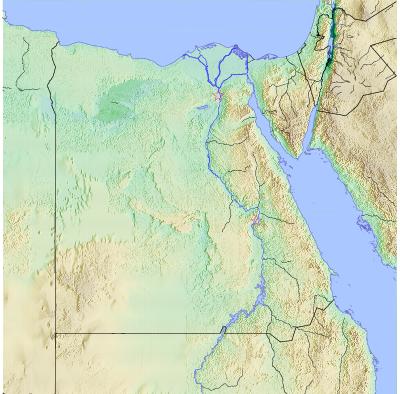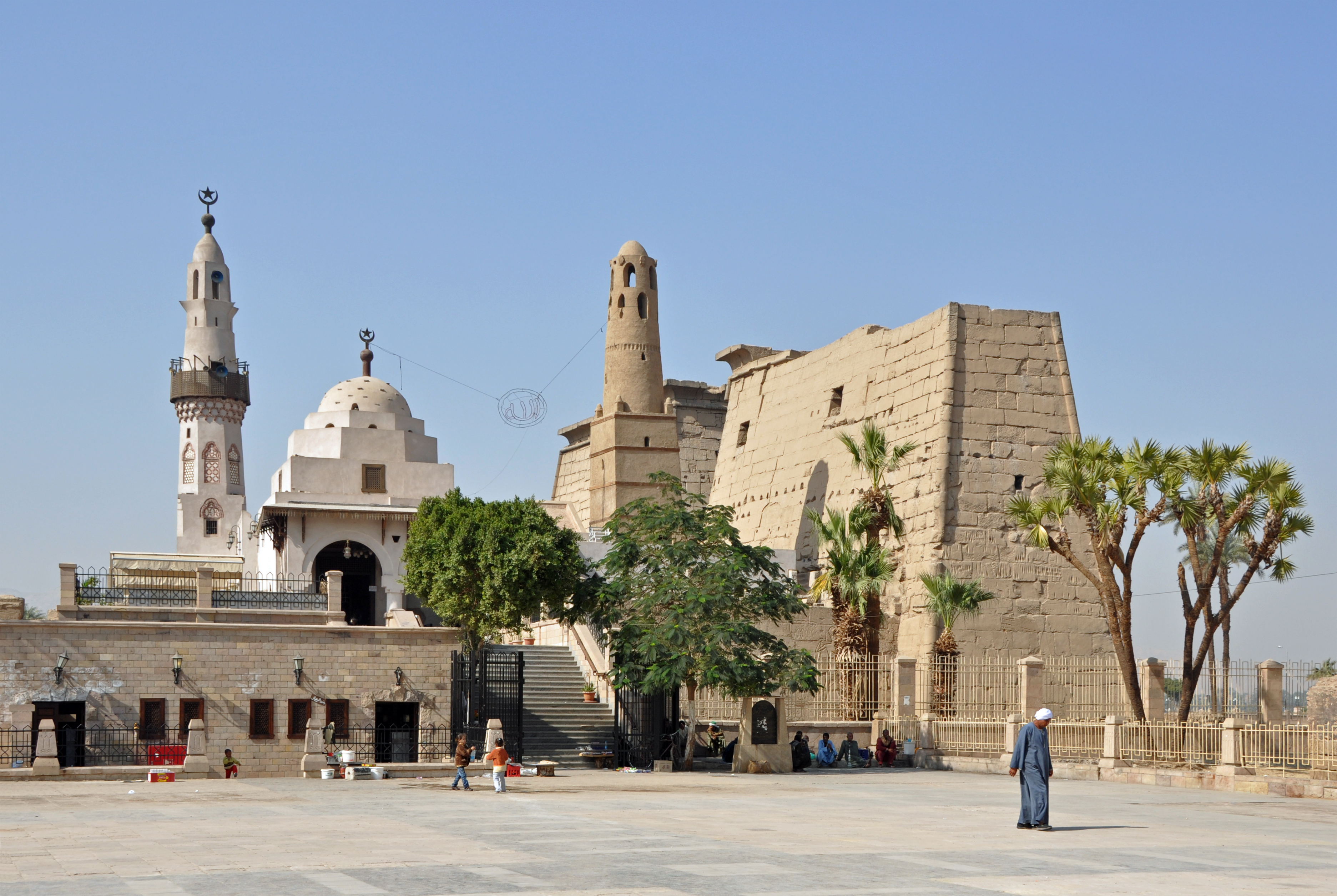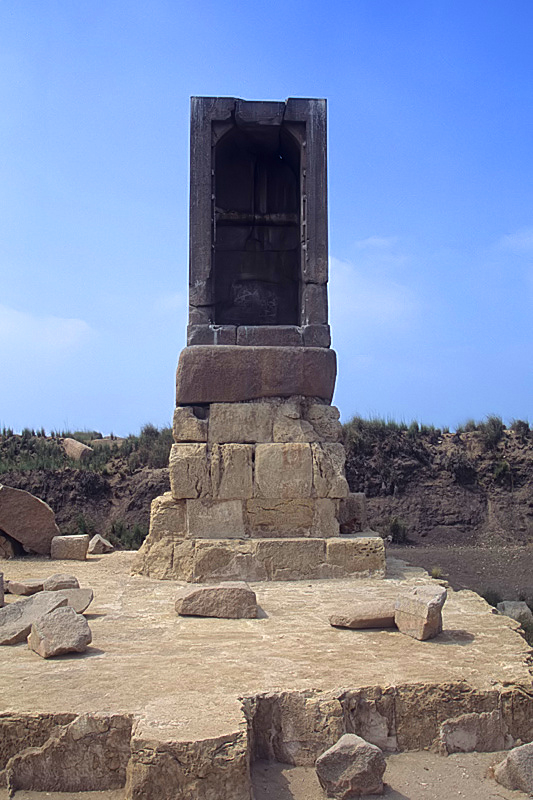Time Periods
Paleolithic
Mesolithic
Neolithic
Chalcolithic
Bronze Age
Iron Age
Classical Period
Post-Classical Period
Early Modern Period
Industrial Period
Contemporary Period
Time Periods
Paleolithic
Mesolithic
Neolithic
Chalcolithic
Bronze Age
Iron Age
Classical Period
Post-Classical Period
Early Modern Period
Industrial Period
Contemporary Period
Location
About
Gebel el-Silsila is a significant archaeological site located in Upper Egypt, recognized for its extensive sandstone quarries and religious structures dating back to the 18th Dynasty. The site played a crucial role in the construction of many of Egypt's great temples, including those at Karnak, Luxor, and Amarna. It features numerous stelae, shrines, and temples dedicated to deities such as Sobek, illustrating its religious importance. Notable structures include the Great Speos of Horemheb and several rock-cut shrines and stelae depicting pharaohs like Amenhotep III, Akhenaten, and Ramesses II. The site provides valuable insights into the transition from limestone to sandstone in temple construction and offers a rich collection of inscriptions and epigraphic symbols, reflecting its historical and cultural significance.
Gallery
Explore photographs of ancient structures, artifacts, and archaeological excavations at Gebel el-Silsila



Archaeological Features
Explore the unique architectural and cultural elements found at this historical site
Religious and Ritual Structures
Artistic and Decorative Features
Transportation and Communication Structures
Historical Timeline
Journey through time and discover key events in this site's archaeological history
Plan Your Visit
Details
- Country
- Egypt
- Source
- Wikipedia
More Sites in Egypt

Elkab
Ancient Egyptian city with temples and tombs.

Luxor
Ancient city with temples and tombs

Mendes
Ancient city with significant religious structures.

Elephantine
Island with temples and ancient papyri.

Esna
Ancient Egyptian city with notable temples.

Gebelein
Archaeological site with mummies and temple ruins